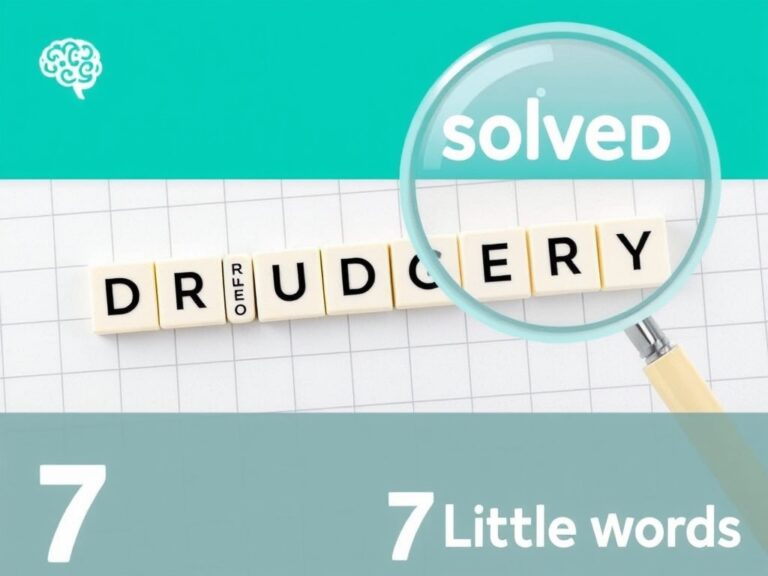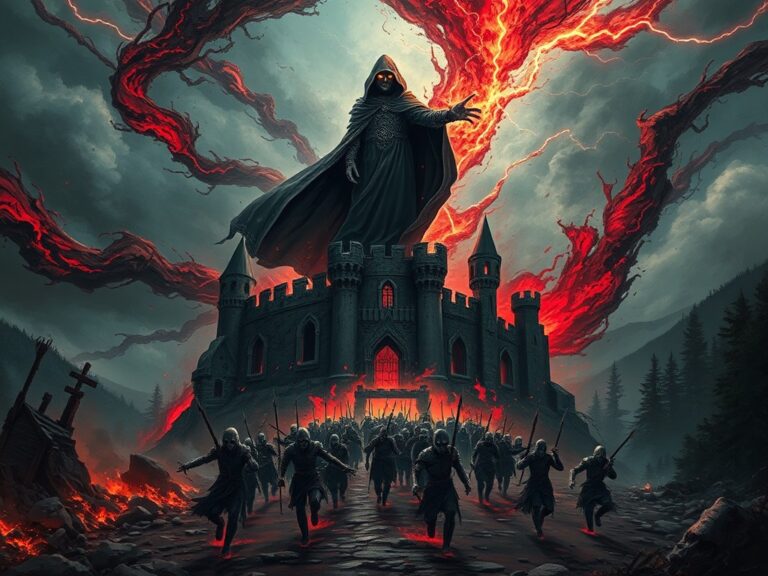How to Create the Best Druid Build in Baldur’s Gate 3 (BG3)
Introduction to the Druid Class in Baldur’s Gate 3
The Druid class in Baldur’s Gate 3 (BG3) is a compelling choice for players who enjoy versatility, nature-based magic, and shapeshifting into powerful animal forms. Druids offer a mix of spellcasting, healing, and combat capabilities that make them a balanced choice for any party composition. With access to both damaging spells and restorative powers, Druids excel in roles that require flexibility.
Playing a Druid can feel empowering, especially as you gain new spells and Wild Shape forms, allowing for an adaptable approach to each encounter. This guide breaks down the essentials of crafting the best Druid build in BG3, focusing on the ideal Circle, race, ability scores, spells, Wild Shape forms, and strategies to maximize your Druid’s potential.
Understanding the Strengths and Weaknesses of Druids
To build an effective Druid, it’s important to understand both the strengths and weaknesses of the class. This helps you tailor your playstyle and mitigate potential challenges.
Strengths of the Druid Class
- Versatile Spellcasting: Druids have a wide range of spells that can control crowds, inflict damage, and heal allies. This adaptability means they can fill multiple roles, from offensive spellcaster to support.
- Wild Shape Ability: The ability to transform into animals provides unique tactical advantages. Wild Shape allows you to shift roles quickly, serving as a tank or scout based on the form you choose.
- Environmental Synergy: Druids can interact with the environment to amplify their spell effects, such as casting Entangle in chokepoints or Call Lightning in rain for boosted damage.
- Healing and Support: Druids have access to healing spells, which can be a lifesaver in tough battles or help reduce downtime between encounters.
Weaknesses of the Druid Class
- Limited Armor Options: Druids lack access to heavy armor, making them slightly more vulnerable than classes with stronger defensive options.
- Concentration Dependency: Many powerful Druid spells require concentration, limiting how many effects you can maintain simultaneously.
- Dependence on Wisdom: Druids rely heavily on Wisdom for spellcasting, so low Wisdom can weaken their spell efficacy.
Choosing the Right Circle: Circle of the Land vs. Circle of the Moon
In BG3, Druids must choose between two Circles—Circle of the Land and Circle of the Moon—each offering unique bonuses that shape how your Druid will perform.
Circle of the Land
The Circle of the Land is ideal for players who want a spell-heavy Druid with a variety of damage-dealing and utility spells. This subclass grants additional spell slots, enhancing your spellcasting arsenal, and includes spells not normally available to Druids, depending on your chosen land type (e.g., Forest, Coast, or Mountain).
- Key Advantages:
- Access to extra spells based on the chosen land, such as Mirror Image or Invisibility.
- Enhanced spellcasting focus, making it ideal for ranged or support playstyles.
- Increased spell versatility for better crowd control and environmental interaction.
Circle of the Moon
The Circle of the Moon transforms the Druid into a tanky, melee powerhouse through Wild Shape enhancements. This subclass allows you to use Wild Shape as a bonus action, making it faster to shift in and out of forms. Additionally, Circle of the Moon Druids gain access to stronger animal forms, which scale up in power as you level up.
- Key Advantages:
- Stronger Wild Shape forms, ideal for melee combat and frontline tanking.
- Rapid transformations allow you to adapt to different combat situations quickly.
- Great for players who want to dive into combat or act as a powerful physical presence.
Best Race Options for Druid Builds
The race you choose for your Druid can enhance your abilities through specific racial bonuses and features. Here are some of the top race choices for Druids in BG3.
Wood Elf
The Wood Elf is a popular choice due to its Dexterity bonus and increased movement speed, making it easier for Druids to position themselves in combat or avoid attacks. Wood Elves also gain proficiency in Perception, a useful skill for detecting hidden enemies and traps.
- Racial Bonuses: +2 Dexterity, +1 Wisdom
- Notable Abilities: Fleet of Foot, Darkvision, Perception proficiency
Drow
The Drow have several unique features, including darkvision, which is helpful in BG3’s many dark environments. Drow can also cast Dancing Lights, which can support allies in low-light scenarios, making this race great for support-focused Druids.
- Racial Bonuses: +2 Dexterity, +1 Charisma
- Notable Abilities: Superior Darkvision, Drow Magic (access to Faerie Fire and Darkness spells)
Half-Elf
Half-Elves are versatile and can add ability points to several stats, allowing you to customize them to fit any Druid build. They also come with a mix of elf abilities and human adaptability, making them an ideal choice for balance.
- Racial Bonuses: +2 Charisma, +1 to two other abilities of your choice
- Notable Abilities: Darkvision, Fey Ancestry (resistance to charm effects)
Prioritizing Ability Scores for Maximum Effectiveness
The main ability scores for Druids are Wisdom, Constitution, and Dexterity. Here’s how to allocate points to maximize your Druid’s effectiveness:
- Wisdom: This is the most important stat for Druids as it determines spellcasting ability. Higher Wisdom increases spell potency, range, and difficulty for enemies to resist spells.
- Constitution: A high Constitution boosts hit points and helps maintain concentration on spells during combat.
- Dexterity: Helps with armor class (AC) and initiative, making your Druid quicker and harder to hit.
Suggested Stat Distribution
- Primary: Wisdom (16–18)
- Secondary: Constitution (14–16)
- Tertiary: Dexterity (12–14)
Selecting the Best Spells for Your Druid Build
Druids have access to a wide array of spells. Below are some of the best choices across various levels.
Key Low-Level Spells
- Entangle: Restrains enemies in an area, providing crowd control.
- Thunderwave: Deals AoE damage and pushes enemies back.
- Healing Word: A quick, low-cost healing spell that works well in emergencies.
Mid-Game Spells
- Spike Growth: Creates difficult terrain that damages enemies who move through it.
- Call Lightning: Deals AoE damage, particularly powerful during storms.
- Moonbeam: Radiant damage that harms enemies within a specific area over time.
Endgame Spells
- Wall of Fire: Creates a barrier that inflicts heavy damage to enemies.
- Conjure Elemental: Summons an elemental ally to fight alongside you.
- Greater Restoration: Removes negative effects like poison or paralysis from allies.
Mastering Wild Shape: Forms and Their Strategic Uses
Wild Shape is one of the Druid’s signature abilities, letting you transform into various animals with unique traits.
Useful Wild Shape Forms
- Bear: Great for tanking with high HP and strong attacks.
- Wolf: Useful for enhancing ally damage with pack tactics.
- Spider: Stealthy, with the ability to web enemies.
- Raven: Ideal for scouting with flight capabilities.
Strategic Tips
Circle of the Moon Druids should maximize their Wild Shape use, frequently shifting between forms to adapt to changing combat needs. For Circle of the Land Druids, Wild Shape can provide situational advantages, like scouting or initiating combat with a defensive form.
Recommended Equipment and Gear for Druids
While Druids aren’t typically armor-focused, selecting the right gear can enhance their survivability and spellcasting.
Essential Equipment
- Weapons: Choose weapons that allow you to maintain distance, such as quarterstaffs and slings.
- Armor: Aim for medium armor with a high Dexterity bonus.
- Accessories: Seek out amulets or rings that boost Wisdom or spell effects.
Building Tactics: Best Strategies for Druid Gameplay
Druids excel at crowd control and support, so use them to set up the battlefield.
- Crowd Control: Use spells like Entangle and Spike Growth to control enemy movement.
- Support and Healing: Focus on maintaining Healing Word for emergency heals.
- Environmental Spells: Take advantage of spells like Call Lightning in stormy weather.
Party Composition: The Best Allies for a Druid
A balanced team can make a Druid shine. Here are some complementary allies for Druids in BG3:
- Gale: As a wizard, Gale provides additional spell support, making him a strong complement to a spell-focused Druid.
- Lae’zel: Her tanking ability allows your Druid to focus on support and crowd control.
- Shadowheart: Provides healing redundancy, allowing the Druid to use more offensive spells.
Leveling Up: Progression Tips for a Balanced Druid Build
Prioritize spells and Wild Shape enhancements that align with your chosen Circle and playstyle.
- Level 3: Choose key spells like Moonbeam or Spike Growth.
- Level 5: Gain access to Call Lightning and other powerful spells.
- Level 10+: Consider enhancing spell damage or increasing Wild Shape versatility.
Conclusion: Becoming the Ultimate Druid in BG3
Building a powerful Druid in BG3 takes careful consideration of spells, Wild Shape forms, and tactics. By optimizing your Circle choice, race, stats, and spells, you’ll be well-equipped to thrive in any scenario. Embrace the flexibility that the Druid offers, and you’ll find yourself an invaluable part of any adventure in Baldur’s Gate 3.
Read Also Our This Post: Top Games on TBG95 You Need to Play Now!

Kamran Khatri is a versatile writer and editor at ExpressZone.co.uk, bringing fresh perspectives and insightful commentary across a wide range of topics. With a passion for exploring diverse subjects—from technology, business, and finance to lifestyle, travel, and the arts—Kamran aims to inform, inspire, and engage readers through well-researched articles and thought-provoking content.
His work spans multiple categories including health, education, pets, entertainment, real estate, and sustainability, reflecting his commitment to delivering knowledge that connects with everyday life. Whether breaking down the latest trends, sharing practical tips, or highlighting cultural insights, Kamran’s writing combines clarity with creativity.
When he’s not crafting stories for ExpressZone.co.uk, Kamran enjoys keeping up with global developments, exploring innovative ideas, and connecting with readers who share his curiosity about the world.







